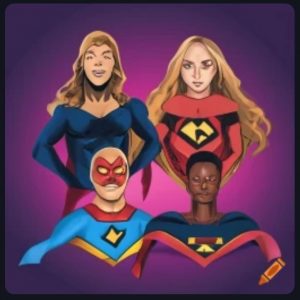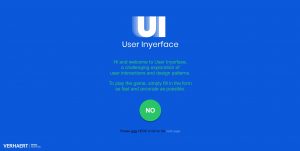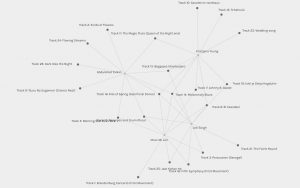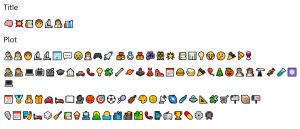Prompt:
Describe or narrate a scenario about a device found a few years into a future in which society as we know it has come apart. Your description should address issues related to algorithms and elicit feelings of fascination.
Scenario: The Veil:
In a future where global crises have left society divided into isolated communities, technology has evolved into tools that both safeguard and isolate. One such tool is the Veil—a thin, nearly invisible film applied to the skin, particularly over the eyes and face. Initially created to protect individual privacy in a world dominated by surveillance, the Veil has transformed into a device that lets users shape their own reality. It allows individuals to filter out unwanted elements in their surroundings, altering how they perceive the world and how others see them, creating a personalized augmented reality (AR) experience.
For many, the Veil provides an escape from the harshness of the outside world. Those who have faced trauma or loss use it to build a serene, controlled version of reality. Others rely on it to feel secure in an unpredictable environment, modifying their surroundings to suit their preferences. However, as dependence on the Veil grows, users begin to lose touch with a common reality. Relationships deteriorate as people retreat into their curated worlds, and communities that once thrived on shared experiences become increasingly fragmented as individuals isolate themselves.
Over time, users struggle to distinguish their personalized realities from the world as it truly exists. What began as a tool for protection gradually becomes a barrier, trapping users in self-imposed isolation, disconnected from others and from genuine reality. The Veil becomes a symbol of extreme human isolation, where people live in their own tailored worlds, sacrificing authentic connection in the process.
Reflection: Speculative Design and Social Dreaming:
The Veil offers a speculative look at the potential outcomes of advanced AR technology. Inspired by Dunne and Raby’s (2013) speculative design principles, the Veil invites us to reflect on the ethical and social consequences of a future where reality can be extensively curated and controlled.
Dunne and Raby (2013) emphasize that speculative design should not only address practical issues but also provoke thought about potential futures. The Veil exemplifies how technology, initially intended for privacy and protection, can lead to unforeseen consequences like isolation and disconnection. This scenario encourages reflection on current trends in AR and personalized experiences, urging us to consider how much control over our perceptions is too much and what might be lost in the process.
The Veil also engages with Dunne and Raby’s (2013) idea of “social dreaming,” where design serves to imagine alternative futures that challenge existing narratives. In this scenario, the narrative involves taking technological control over reality to an extreme. It raises important questions about the balance between individual freedom and social cohesion and whether a society where everyone lives in their own curated reality can truly function as a healthy community.
As AR technologies continue to evolve, the Veil serves as a warning about the potential risks of these advancements. It challenges us to think critically about the ethical implications of technologies that allow us to shape our reality and underscores the importance of maintaining connections to shared experiences that are essential to our existence.
Dunne, A., & Raby, F. (2013). Speculative everything: Design, fiction, and social dreaming. The MIT Press.







